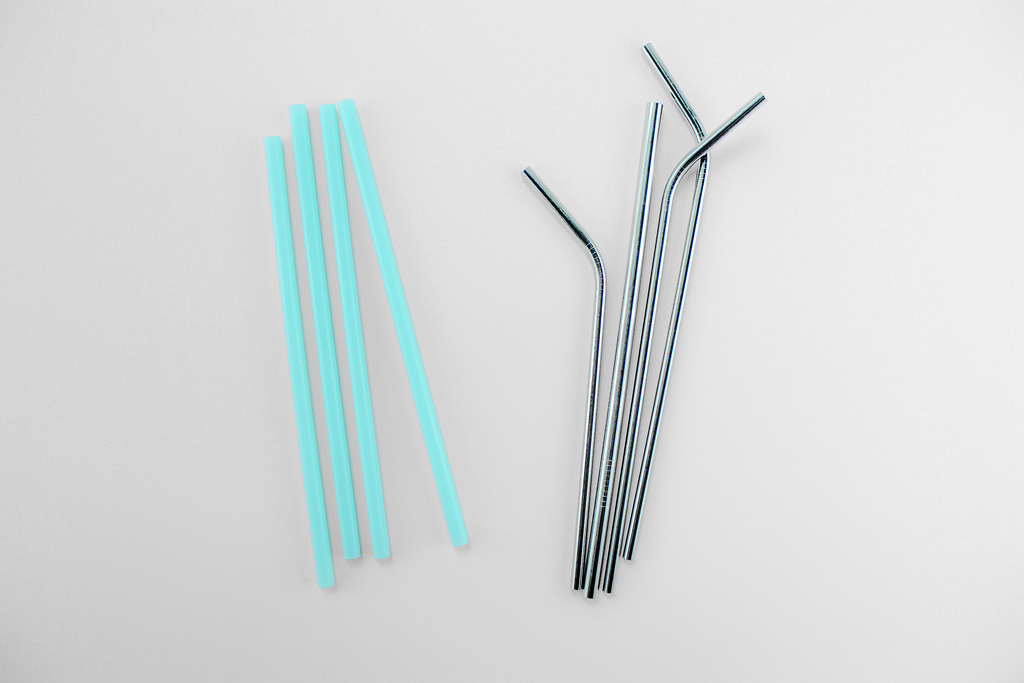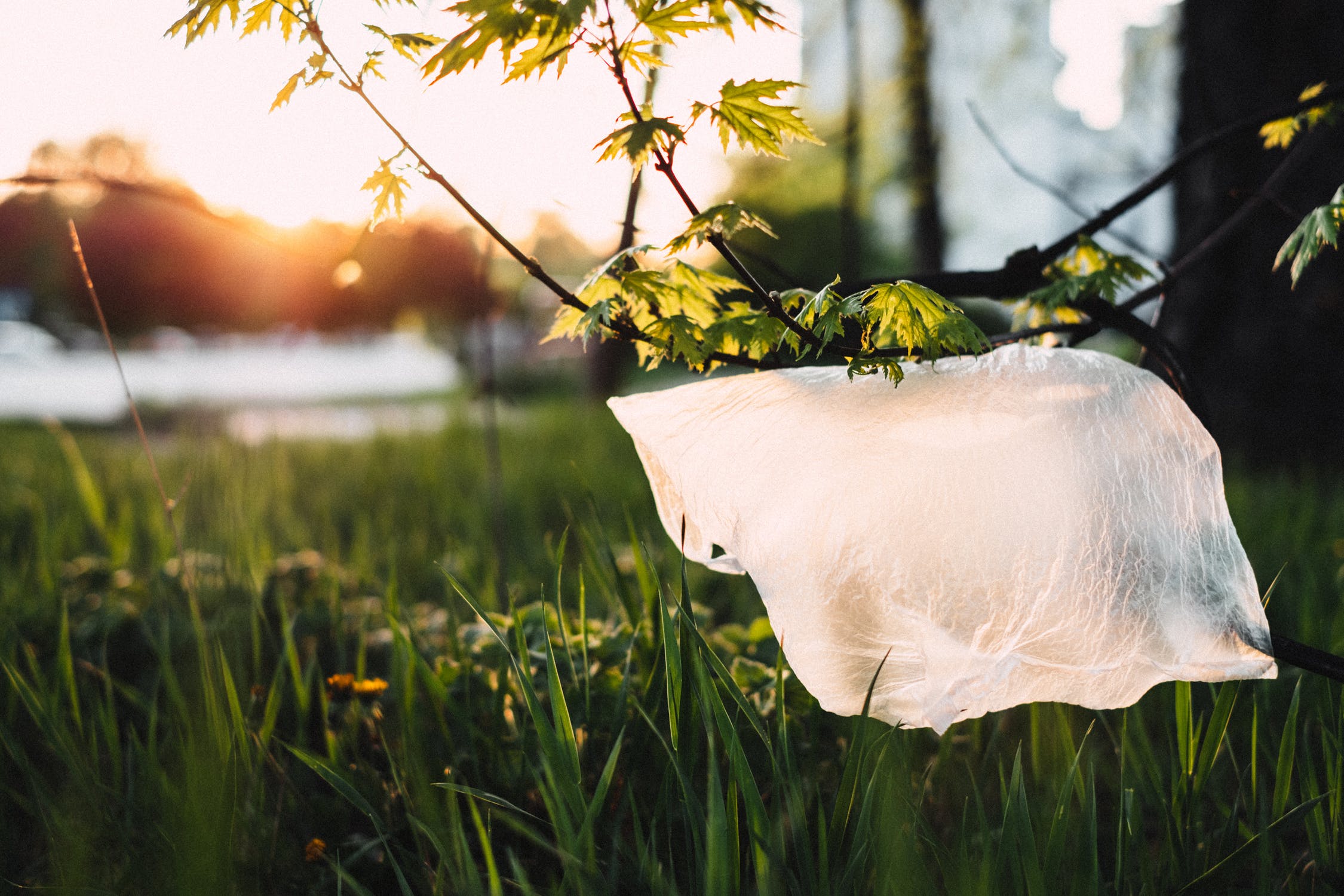Combating Plastic Pollution: Minimization
Marine debris is found in marine environment and the Great Lakes. Among various marine litter found in the Great Lakes and the oceans plastic is the most prevalent type. Studies show that at least 8 million tons of plastic waste enter the oceans every year. The plastic litter can have all shapes, types and size. Most plastic debris in marine environments fragment into smaller particles. Plastic fragments that are smaller than 5 millimeters are called microplastics. Removal of the microscopic plastic pieces in our oceans is an impossible task. Microplastics can act as vectors of additives incorporated during manufacture and organic pollutants sorb from the surrounding seawater to biota. Microplastics have been identified in invertebrates such as mussels, bivalves, fiddler crabs, and shrimps in recent studies. Furthermore, microplastics in human stool in the size range from 50 to 500 micrometers (μm) have been identified by the Medical University of Vienna in 2018. Approximately 100,000 marine mammals and turtles and 1 million sea birds are killed by marine plastic pollution annually.
Americans use approximately 2,500,000 plastic bottles every hour and less than 15% of are recycled. In the USA, 500 million plastic straws are used every day. Most recyclable plastics can be recycled only 1-2 times as the size of the carbon chain gets reduced when recycled due to heat and mechanical stress. Most plastic is recycled to make fibers (e.g., for clothing) and most plastic products created with recycled plastics cannot be recycled. Therefore, one of the most effective and sustainable solution to combat this global issue is the prevention or minimization of plastic use. Some practical tips to reduce the plastic waste in businesses and household are provided below.
Plastic straws are not an essential item. Using silverware and ceramics for each meal can eliminate lots of non-recyclable and recyclable waste. The lunch boxes and snack boxes that are made of stainless steel are a great alternative to plastic bags or containers.
Use tap water as the sole drinking water source and use re-usable water bottles to reduce the plastic use significantly.
Instead of buying soda in plastic bottles, buy metal cans.
Cardboard containers are a better alternative than plastics.
Some grocery stores sell milk from local dairies packaged in glass bottles.
Purchase food, such as butter and ice cream, packaged in paper containers as an alternative to plastic containers.
Carry reusable grocery and produce bags when food shopping.
Buying bulk vegetables and fruits that are not prepacked or wrapped is a great choice for the environment.
Store food in glass or stainless-steel containers. It is not always necessary to use plastic bags for
food storage. Brown bags and jars are ideal for storing dry food instead of plastic zipper bags.
Buy laundry detergent in cardboard boxes and make sure to dispose of the boxes in a recycling bin.
In addition, choosing to not buy any products that contain microbeads will help reduce microplastic pollution in our waters.
By Mala C. Hettiarachchi, PhD, PE and Laura L. Lambert, Environmental Resources Group, Wixom, MI



